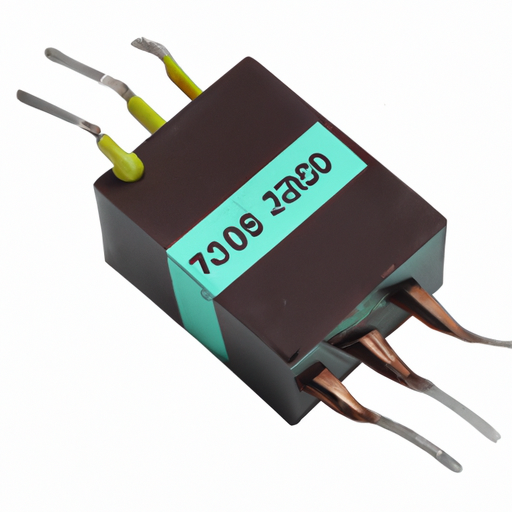Overview of Isolation Transformers and Autotransformers
Isolation transformers and autotransformers are pivotal in electrical engineering, serving distinct yet complementary roles in power distribution, voltage regulation, and safety. Understanding their core functionalities, applications, and development cases is essential for leveraging their benefits in various industries.
Core Functional Technologies
Isolation Transformers 1. **Electromagnetic Induction**: Isolation transformers operate on the principle of electromagnetic induction, where the primary and secondary windings are magnetically coupled but electrically isolated. This design prevents direct electrical connection between the input and output. 2. **Voltage Transformation**: They can step up or step down voltage levels while ensuring electrical isolation, which is vital for protecting sensitive equipment from voltage fluctuations.
3. Safety Enhancements: By isolating the load from the power source, isolation transformers significantly reduce the risk of electric shock and protect against electrical surges and transients, making them essential in safety-critical applications.
4. Noise Filtering: These transformers are effective in filtering out electrical noise, which is particularly beneficial for sensitive electronic devices, ensuring stable operation and improved performance.
Autotransformers 1. **Single Winding Design**: Autotransformers utilize a single winding that serves as both the primary and secondary winding. This design allows for a more compact and efficient transformer, as it requires less material compared to isolation transformers.
2. High Efficiency: Due to their design, autotransformers are more efficient, lighter, and less expensive, making them suitable for applications where space and cost are critical factors.
3. Versatile Voltage Adjustment: Autotransformers can easily step up or step down voltage levels, providing flexibility in various applications, from industrial machinery to consumer electronics.
4. Fine Voltage Control: They offer precise voltage regulation, which is particularly useful in applications requiring specific voltage levels for optimal performance.
Application Development Cases
Isolation Transformers 1. **Medical Equipment**: Isolation transformers are crucial in medical settings, ensuring patient safety by isolating medical devices from the mains supply. This is particularly important in operating rooms and diagnostic equipment, where any electrical fault could have severe consequences.
2. Industrial Machinery: In industrial environments, isolation transformers protect sensitive machinery from voltage spikes and transients, ensuring reliable operation and minimizing downtime.
3. Data Centers: Isolation transformers are employed in data centers to provide clean, stable power to servers and networking equipment, reducing the risk of data loss and improving overall system performance.
4. Audio Systems: High-fidelity audio systems utilize isolation transformers to eliminate ground loops and reduce noise, enhancing sound quality and providing a better listening experience.
Autotransformers 1. **Power Distribution Systems**: Autotransformers are widely used in power distribution networks to adjust voltage levels for efficient transmission over long distances, reducing energy losses and improving overall system efficiency.
2. Electric Traction Systems: In railway systems, autotransformers step down high transmission voltages to levels suitable for electric trains, ensuring efficient and reliable operation.
3. Motor Starting Applications: Autotransformers are commonly used to reduce inrush current during motor starts, allowing for smoother operation and reducing mechanical stress on components.
4. Renewable Energy Integration: In solar and wind energy systems, autotransformers facilitate the matching of output voltage from renewable sources to the grid, enhancing integration and improving overall system efficiency.
Conclusion
Isolation transformers and autotransformers are integral components of modern electrical systems, each serving unique functions that enhance safety, efficiency, and performance. Isolation transformers are essential for applications requiring electrical isolation and noise reduction, while autotransformers provide a cost-effective and efficient solution for voltage regulation. The choice between these transformers depends on specific application requirements, including safety, efficiency, and cost considerations. As technology continues to advance, the development and application of these transformers will evolve, leading to improved designs and broader use across various industries.






